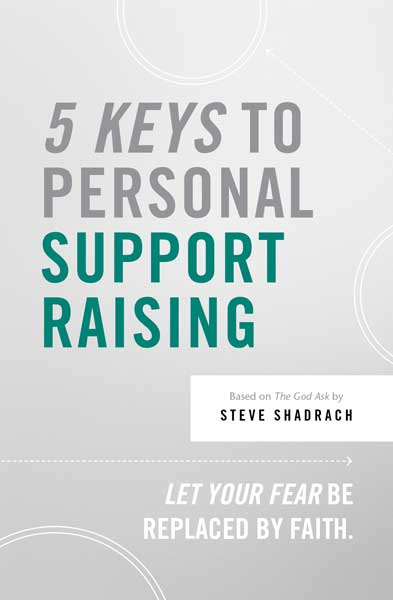Core Messaging is just what it sounds like: the core, the foundation, of everything you want to and have to say. If you get these right, your communications become easier throughout the year, and you have a better chance of following the old “they need to hear it 7+ times to pay attention” rule. Without core messages, your funding plan falls flat because your donors will lack the clarity of message. And without that funding plan, your core messages would never see the light of day. It’s a hand-in-hand thing. Let’s build some strong messages out of all your hard planning work.
Here’s the question from your best friend or a total stranger:
“Wait, what does your organization do again?”
Can you answer them? Likely yes.
But does your answer include your impact alongside your efforts, and not just the “things” you do? Can you share that message off-the-cuff without stumbling on your words? And could your colleague say the same set of words as you?
If you answer no to any one of these, it’s time to build core messages. Before you start with this post, which is like the 200-level college course, check out our post on messaging during a strategy day and defining the solution to your problem on our Strategic Alignment Post . That will help with some definitions we use here because it all builds on one another.
Without further ado, we present the anatomy of a Core Message (what to do with this comes in the next post), parsed out bullet point by bullet point. Try to keep your core messages tight to each bullet point so that you can remember it:
- Lead with Impact: This is the “why” of what you do and who you impact. It’s the hook that takes people from wondering about the logistics and sets their frame of mind on the bigger, more important things. “We ensure kids have a future beyond what their circumstances would dictate in their current situation.” That can happen through a number of options – schooling, counseling and trauma care, or simply providing food. But to remind people why that matters is the key. (For a really great explanation of the importance of “why”, we like Simon Sinek’s “Start with Why” TedX presentation.)
- State the Problem: Naturally, explaining your ultimate goal will lead you to need to explain why this matters. So take some time to clearly state your problem, which we talked about earlier. You need to acknowledge the big-ness of the challenge and not sanitize it because you think the donor can’t handle it. And in the middle of that grittiness, you need to present the hope in the situation, which likely comes through the amazing people you help. The more specific you can get here, the better.
- Explain the What with Inputs: This is where you get to that level that so many are tempted to start with. It’s your chance to start moving the donor toward them thinking about how they fit. Explain, with just enough detail, the inputs – those things you spend money on – that create the unique solution you offer. Often times, it can be helpful to have a few overarching inputs so you don’t have to spout off a list. For example, “So that communities thrive, we offer help in Spiritual development (like Bible Studies and mentoring), business growth (like savings and trade classes) and healthcare (link clinics and visiting nurses).”
- Demonstrate Impact with Measurements: Now it’s time to prove yourself. We shared how to measure impact in a previous post, so now you get to put words to it. Clearly share the key indicators of success – your outputs and outcomes – that show the donor that you are on your way to making an impact. You numbers are part of the story, but come to life when put in context of a story.
- Ends with Vision and Impact: Wrap your core messages with an aspirational statement of where you are headed, and what would happen if you didn’t do the work you’re committed to. This is your chance to tie everything up – your problem, solution and outcomes – with a little bit of a bow.
Start with the work you did during a Strategy Day and your own thoughts since to develop core messages. And, remember how we held off on wordsmithing? Now’s your chance. So get your best writers in the room or engaged to receive and edit drafts. A few eyes should look at these before you finalize them, and the final document should be shared widely internally.
But how you will use them comes next…
Originally published on Tailored Fundraising’s blog.

